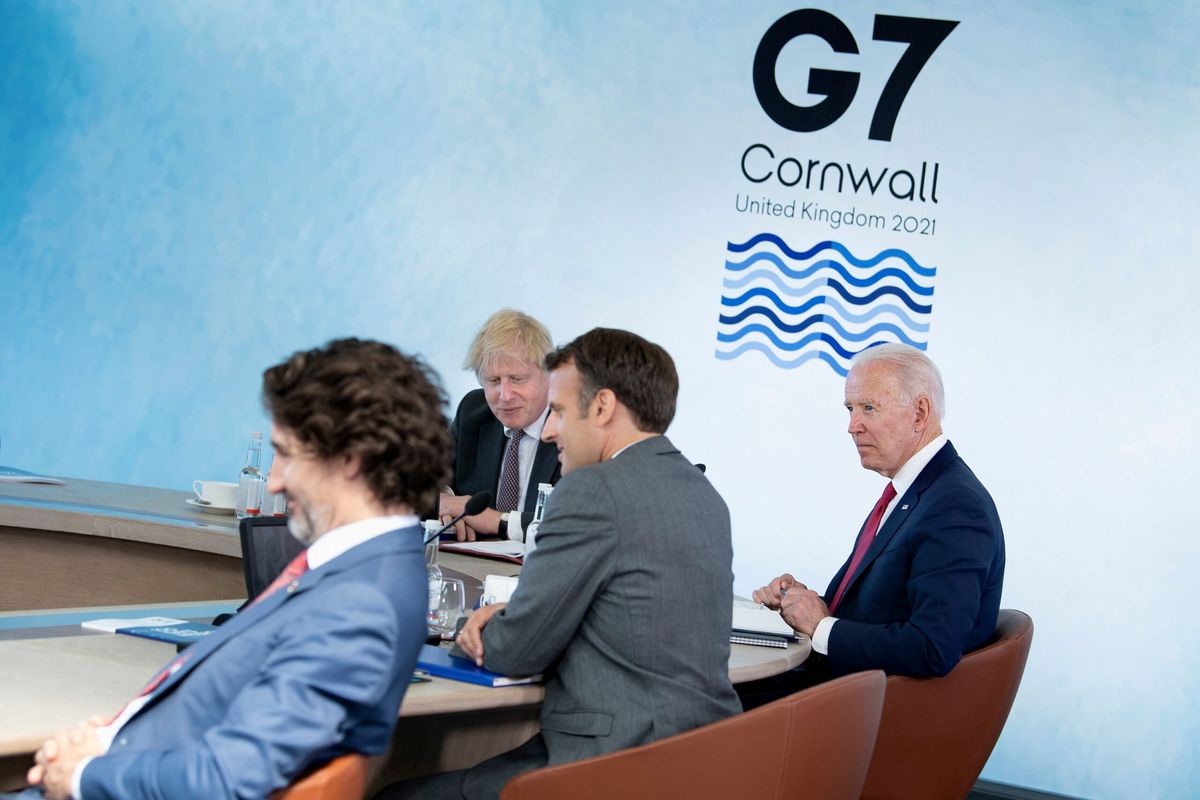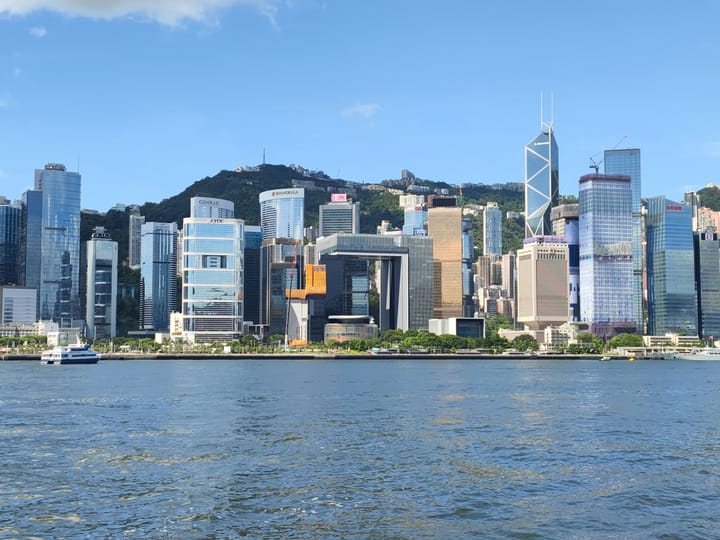G-7’s plan aims to counter China’s Belt and Road Initiative

A few minutes every morning is all you need.
Stay up to date on the world's Headlines and Human Stories. It's fun, it's factual, it's fluff-free.
The investment plan is an attempt to counter the influence China has gained in much of the world thanks to its Belt and Road Initiative (BRI), a US$1 trillion investment in infrastructure improvements in 71 countries in Africa, Latin America, Europe and Asia.
- American President Joe Biden is on the road this week for the G-7 summit, which sees the seven richest democracies in the world meet to discuss their plans for the future.
- The members of the G-7 have agreed to a partnership called the Build Back Better World (B3W) plan, which aims to improve the infrastructures of developing nations.
- The plan also aims to give mid- to low-income countries the option to turn to them rather than China, which started a similar plan in 2013.
What are the summit’s plans and goals?
- At the beginning of June, the White House released a report entitled “building resilient supply chains, revitalizing manufacturing, and fostering broad-based growth.” The Biden administration is hoping that its plan to invest in infrastructure both at home and abroad will strengthen the United States’ economic future and better position it to compete with China.
- The goal of Build Back Better World (B3W), which is based on the Biden campaign’s “Build Back Better” slogan, is to meet the infrastructure needs of “low- and middle-income countries.”
- The agreement means that G-7 nations will give US$40 trillion or more to developing nations by 2035.
- Unlike the trade strategy of the Trump administration, which was to impose tariffs on goods from other countries, the Biden administration is hoping to take advantage of the US’ trade partners in Europe and Asia – not just treat them as competitors.
- B3W is expected to make Chinese companies less dominant and give G-7 countries supply lines outside of China.
What does the B3W agreement address?
- The investment plan is an attempt to counter the influence China has gained in much of the world thanks to its Belt and Road Initiative (BRI), a US$1 trillion investment in infrastructure improvements in 71 countries in Africa, Latin America, Europe and Asia.
- The Belt and Road initiative has two goals: to give money to struggling countries to improve their infrastructure and economies and to give China more business opportunities within these countries.
- The B3W is also wanting to address accusations of forced labor within the BRI by giving developing countries an alternative to China’s BRI initiative while ensuring that workers receive basic human rights.
- “Until now,” an official from the Biden administration said, “we haven’t offered a positive alternative that reflects our values, our standards and our way of doing business."
- While the G-7 nations didn’t directly come out and say this plan is an attempt to challenge China, the intention was pretty clear. Shi Yinhong, a specialist in US-relations at Beijing’s Renmin University, told SCMP, “All of the stated goals of the B3W, described as a values-driven, transparent and sustainable infrastructure partnership, are obviously targeting China.”
What are the challenges the agreement faces?
- Even though they signed onto the agreement, some of the G-7 countries are worried that the agreement could bring about a new Cold War between China and the West.
- Countries in the European Union are also concerned about losing their existing trade and investment agreements with China. Italy, for example, has close ties with China after already signing onto the BRI, though it reversed its decision under pressure from NATO allies.
- The United Kingdom is also hesitant to anger China. Last week, the UK’s Department for Business, Energy and Industrial Strategy (BEIS) said Ministers of Parliament rejected a series of recommendations meant to address forced labor in China.
- In the US, the Biden administration’s Build Back Better infrastructure plan is still at an impasse in Congress. With the US in need of investment in its own infrastructure, Congress probably isn’t going to approve spending on infrastructure abroad anytime soon.
- But, funding and overall commitment needs to be addressed if the G-7 wants to seriously challenge China’s economic dominance.
China’s response
- On June 14, Global Times, a Chinese state-owned media outlet, published an article entitled, “G7 infrastructure plan can hardly rival BRI." Within, The Global Times labeled the B3W as “unrealistic"
- In the piece, it wrote, “Though it was entitled as a “Build Back Better World" (B3W) initiative, experts pointed out that it is naïve for anyone to believe that the G7 plan would ever come into existence."
- It also added that “Unlike the BRI, it is clear that the G7 version does not serve the essential interest of developing countries."
Have a tip or story? Get in touch with our reporters at tips@themilsource.com




Comments ()